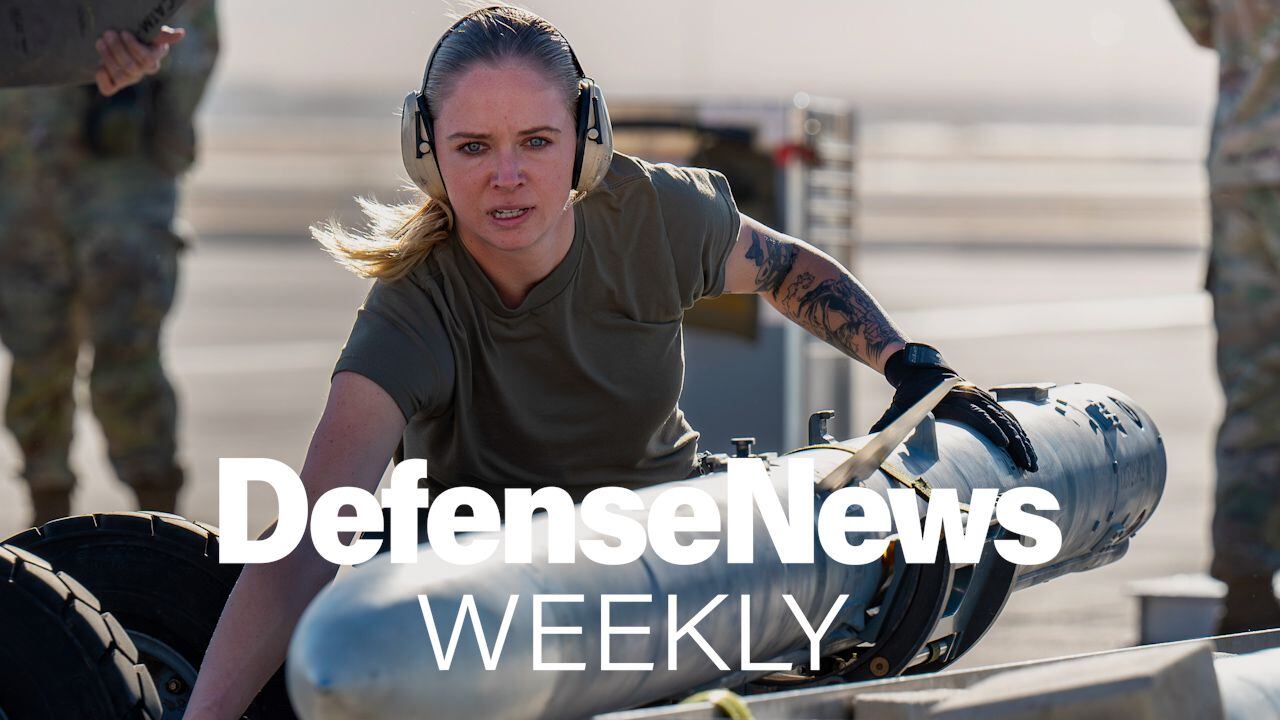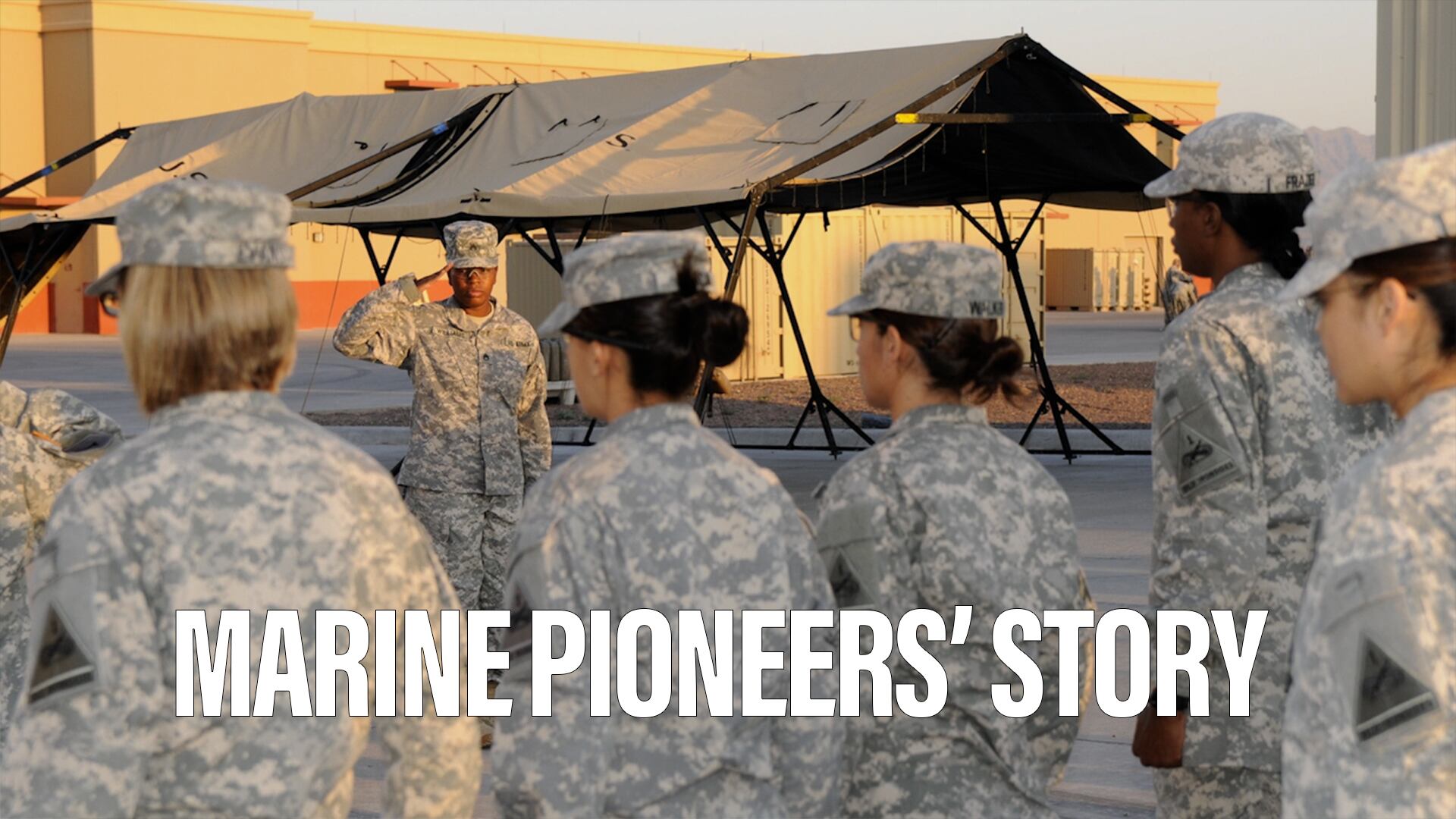PARIS — France kicked off the development of an air-combat drone that will serve as an unmanned wingman for the country’s Rafale fighter, part of a contract with Dassault Aviation to start work on an upgrade package for the aircraft.
The stealthy wingman drone will be operated directly from the Rafale cockpit, the Armed Forces Ministry said in a post on X, formerly Twitter. The unmanned combat aerial vehicle will build on Dassault Aviation’s work on its unmanned nEUROn demonstrator, the company said in a statement on Tuesday.
“This stealth combat drone will contribute to the technological and operational superiority of the French Air Force by 2033,” Dassault Aviation CEO Éric Trappier said in the statement.
The French plan to give Rafale pilots a drone buddy come as the timetable for the jet’s successor remains unclear. France’s senate in November had called on Dassault Aviation to start work on the Rafale upgrade, including a so-called loyal wingman, as soon as 2024 because of the lack of visibility on the Future Combat Air System being developed with Germany and Spain.
The wingman drone will incorporate stealth technologies, autonomous control with man-in-the-loop functionality and internal payload capacity, and designed to evolve with future threats, according to Dassault Aviation.
The French aircraft builder started the nEUROn program in 2003, and the drone had its maiden flight in December 2012 and first released a weapon from its internal bay in September 2015. Partners in the program include Leonardo for the internal weapons bay, Saab for the design of the main fuselage, avionics and fuel system, as well as Airbus for expertise on the wings.
Airbus showed off its self-funded Wingman concept, a large fighter-type stealth drone to team up with piloted jets such the Eurofighter, at the Berlin Air Show in June. The company described the drone as an answer to the “clear need” of the German Air Force for an unmanned buddy aircraft before FCAS will be operational.
German air force chief Lt. Gen. Ingo Gerhartz said in November that remote carriers resulting from the FCAS program were needed “much, much earlier” than the 2040s.
Dassault Aviation is the main contractor for the work on the fighter jet at the heart of the FCAS program, with Airbus as the principal partner. Development of the remote carriers is led by Airbus, with MBDA as the principal partner.
The governments involved aren’t waiting for FCAS though, with Germany agreeing in 2022 to buy the F-35 jet from the United States. France as recently as January announced an order for an additional 42 Rafale jets, lifting the total number of aircraft ordered to 234, including a special order for 12 fighters in 2021 to replace aircraft transferred to Greece.
The future F5 standard Rafale carrying the future ASN4G nuclear missile will be a “major evolution” for France’s airborne nuclear deterrent, the Armed Forces Ministry said on Tuesday. Manufacturers received the first orders for the upgrade program several weeks ago, according to Armed Forces Minister Sébastien Lecornu.
The modernized Rafale “will be ready to face the threats of the 2030s and 2040s, Lecornu said. “For strategic air forces and conventional aviation alike, this is a revolution as significant as the transition from the Mirage 2000 to the Rafale.”
The French Air and Space Force received the first Rafale fighters upgraded to the F4 standard in March last year. The standard is focused on connectivity and includes the Mica medium-range air-to-air missile supplied by pan-European missile maker MBDA as well as an upgrade of the Spectra self-defense system developed by Thales.
MBDA is working on the ASN4G nuclear missile to replace the supersonic ASMP air-launched missile now carried by the Rafale, with the new missile scheduled to be operational around 2035, MBDA board adviser Adm. Hervé de Bonnaventure said in a parliamentary hearing last year. The new missile will have multiple warheads and performance “in the realm of the hypersonic,” according to the admiral.
French aerospace research lab Onera, with MBDA as co-contractor, received an order from France’s Directorate General for Armament to pursue work on the supersonic and hypersonic propulsion that will power the future nuclear missile, the researcher said Sept. 30.
The lab will focus in particular on the combustion chamber for air breathing propulsion within the Myhysis program. The program will also develop quantum computing capabilities with the potential to create a breakthrough in fluid and energy mechanics, an area of challenges for hypersonic missiles due to the speed at which they travel through the atmosphere.
MBDA and Onera have been studying hypersonics since the 2000-2010 period, de Bonnaventure said in last year’s parliamentary hearing.
France on Tuesday also announced the first qualification firing of the next-generation Aster 30 B1 surface-to-air missile, the upgraded interceptor that will arm the SAMP/T NG air-defense system ordered by France and Italy, as well as both countries’ air-defense frigates.
SAMP/T NG can intercept hypersonic missiles and deal with threats in a 360 degree radius, Lecornu said in a post on X. The system, developed by the Eurosam joint venture between MBDA France, MBDA Italy and Thales, is scheduled to enter service in the French forces by 2026.
“From Ukraine to the Middle East, the current conflicts illustrate to what extent ground-air defense is key,” Lecornu said.
France still expects to deliver Mirage 2000 jets to Ukraine in the first quarter of 2025, with the jets currently being fitted with new air-to-ground capabilities and electronic-warfare countermeasures, Lecornu said Tuesday, adding that training of Ukrainian pilots and mechanics continues. France has been gradually replacing its fleet of Mirage 2000s with the Rafale, which first flew in 1986.
Rudy Ruitenberg is a Europe correspondent for Defense News. He started his career at Bloomberg News and has experience reporting on technology, commodity markets and politics.








